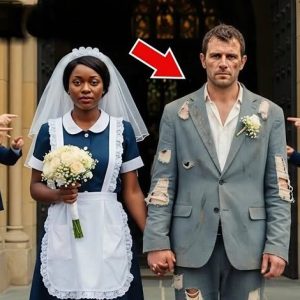The colorful triangle puzzle, though it seems simple, reveals how differently people perceive patterns. Answers range from 9 to over 20 triangles, showing that no two minds process visual information in the same way. This variation highlights the fascinating diversity of human perception.
Gestalt psychology explains that our brains prefer complete images over separate parts. Some people focus on overall forms, while others pay attention to fine details. Those who see fewer triangles often favor structure and clarity, while people who find many tend to think creatively and notice hidden possibilities.
More than a test of observation, the puzzle reflects how each person’s mind works. It reminds us that perception shapes our understanding of the world, and that every way of seeing—logical, balanced, or imaginative—reveals something unique about how we think.





